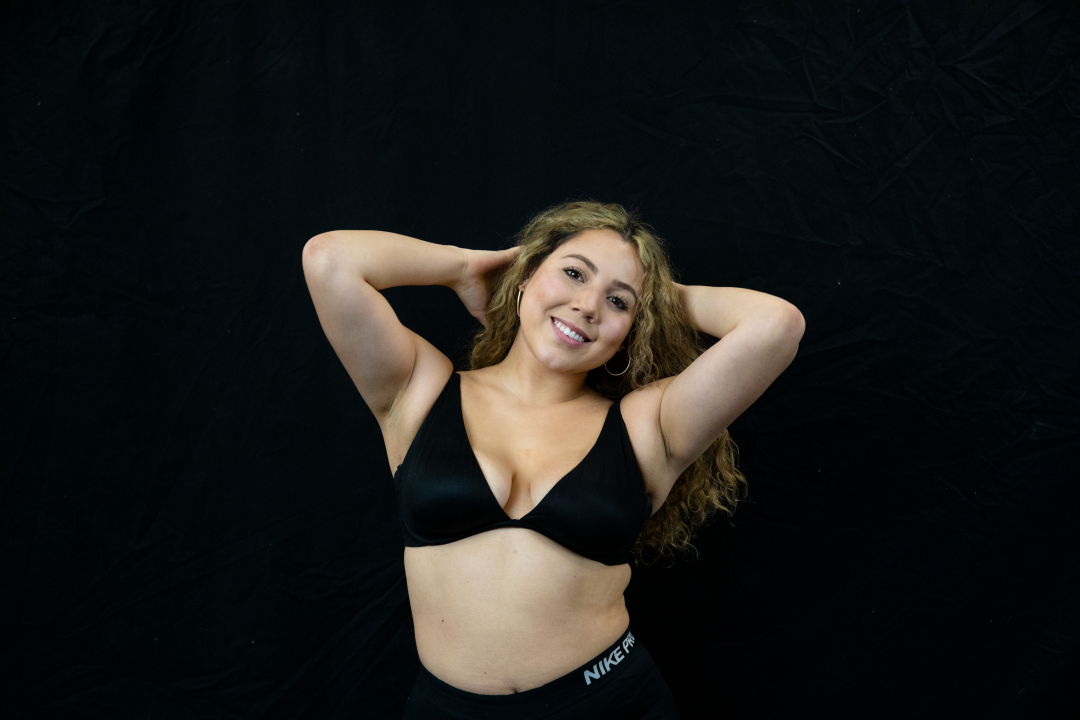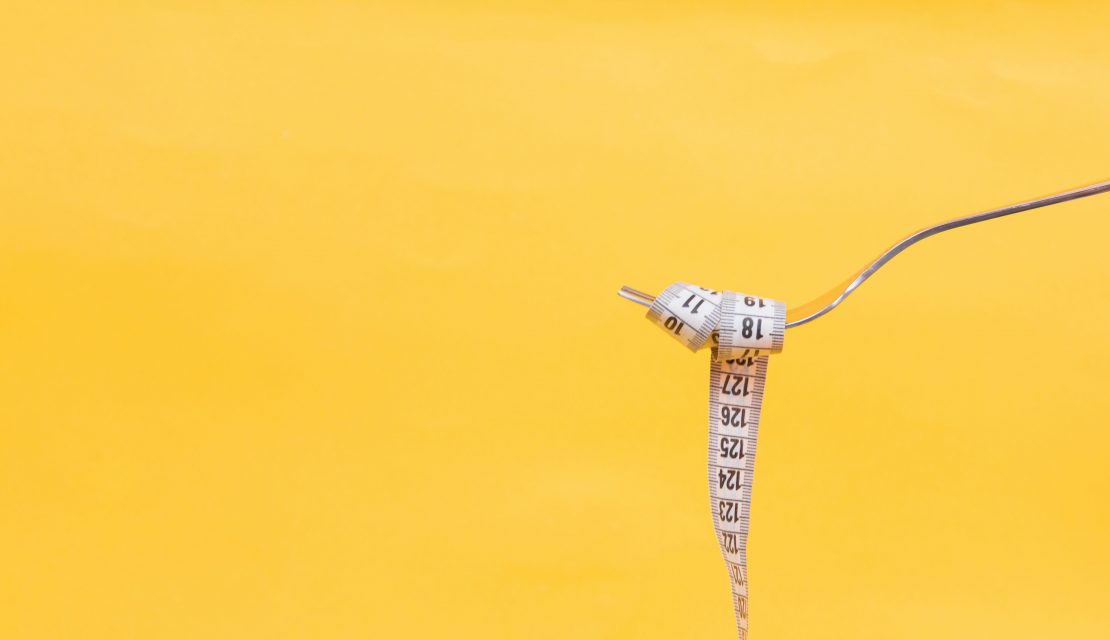
Melanie Navarro is a sophmore pyschology and biology double major.
In the early weeks of lockdown, around March of last year, home-made whipped coffee recipes, rising TikTok stars and YouTube videos on-at-home ab workouts dominated social media. Exercise challenges like the #chloeting2weekshredchallenge received over 63 million views on TikTok, and many exercise equipment companies like Peloton have seen staggering increases in profits since the start of the pandemic. But what are the underlying reasons behind this recent emphasis on exercise?
As remote work and school began consuming lives around the globe, so has our time spent in front of our screens. Research by Viren Swami, a professor at Anglia Ruskin University (ARU), found that with exacerbated anxiety and stress levels following the pandemic, many women have “felt under greater pressure to conform to traditionally feminine roles and norms” and the many harmful narratives from the media have equated that goal with wanting to be thinner. Swami noticed a similar trend among men, who — driven by “masculine body ideals” — have been placing a “greater value on the importance of being muscular.”
The promotion of diet fads and unhealthy weight loss practices has created an atmosphere of body shaming and scrutiny across social media, with a particular focus on college students who have been dubbed in danger of the ‘Quarantine 15’ — yet another way to criticize someone’s image.
But this idea of conformity is not new, it has only been put in a brighter spotlight due to increased exposure to younger audiences. The promotion of diet fads and unhealthy weight loss practices quickly created an atmosphere of body shaming and scrutiny across social media; with a particular focus on college students who have been dubbed in danger of the ‘Quarantine 15’ — just another new way to criticize someone’s image.
But the changes brought on by the pandemic have magnified issues with body image, exercise and diet. A survey in the U.K. published in the “Personality and Individual Differences” journal last year found that “certain groups, such as those with pre-existing mental health difficulties, maybe especially at risk.”
Trends like the #backprofilechallenge and “thinspiration” have sparked concerns among TikTok users over the promotion of eating disorders and body shaming. Many comments under videos with these subject lines share sentiments demonstrating how dangerous the ideal body image promoted by the media can be dangerous. With comments such as “that’s it, I’m not eating tonight” and “after seeing you I’m just going to eat ice” found more ubiquitously under posts of someone measuring their waistline, or a person showing a strenuous gym routine done by a professional — this mentality feeds into the pressure of maintaining a certain body type.
These images of the ideal body are constantly being sold to people by fitness influencers and advertisements: ‘how to lose weight in 10 days,’ ‘detox smoothie, drink this, lose 15 pounds!’ and the problem prevails with all fad diets because they simply do not work. The problem lies with the fact that ‘detoxing the body’ with 3-day juice cleanses could show an observable weight loss in a small amount, but is just not sustainable. Strictly juicing can cause overconsumption, “But if you drink a glass of orange juice, you could be drinking the amount of sugar in four to six oranges — or more than a Coke — and you don’t feel full afterward,” Barry Popkin, a professor of nutrition at the University of North Carolina said in Vice. “Spend any time reading the weight-loss literature, and you find nearly every diet works minor miracles in the short term, especially if it involves cutting calories. (You could probably eat nothing but Big Macs for three days, and if you kept your intake to 1,300 calories, you’d lose some weight)” Markham Heid wrote in the same article. Having a strict juice cleanse for a week and then going on with life, as usual, is the cycle used to keep these trendy diets in business.
“Weight Watchers and NutriSystem literally would not exist without stoking fears that the couple of extra pounds that come with disrupting normal life will transform everyone into fat, shapeless monsters,” editor Amy McCarthy wrote for Eater.
Conversely, what has been done to try and combat this narrative? Many brands have recently caught wind of the body positivity movement and have become more inclusive, straying from old standards that only encouraged one body type. Stores like Aerie have created more inclusive clothing lines, displaying models with a greater range of body types, ethnicities, and physical disabilities.
“But of course, progression will remain in limbo if society holds onto stigmas and outdated ideals, or with businesses using false progress for commercial gain. With public figures and celebrities celebrating body positivity, it is becoming less of a radical idea. However, that doesn’t equate to pure intentions on behalf of businesses.
“Body positivity seems to now be a ‘free-for-all’ movement monetized and politicized by brands and public figures, in ways that often result in individuals above a certain size and of a certain ethnicity being excluded from the conversation — when they were the ones to effectively start it in the first place,” Stephanie Yeboah, the author of Fattily Ever After: The Fat, Black Girls’ Guide to Living Life Unapologetically, wrote for Vogue last May.
Even so, stepping away from old norms is eliminating the pressure of looking only one way and potentially harming oneself in the process. Yeboah highlights the essential tool for this to be one thing: allyship. She emphasizes that people who are less likely to be scrutinized need to use their platforms to pass over the mic to those more marginalized.
“With their help, we can deconstruct the dangerous and harmful narratives about weight created by the media and diet industry.”





















